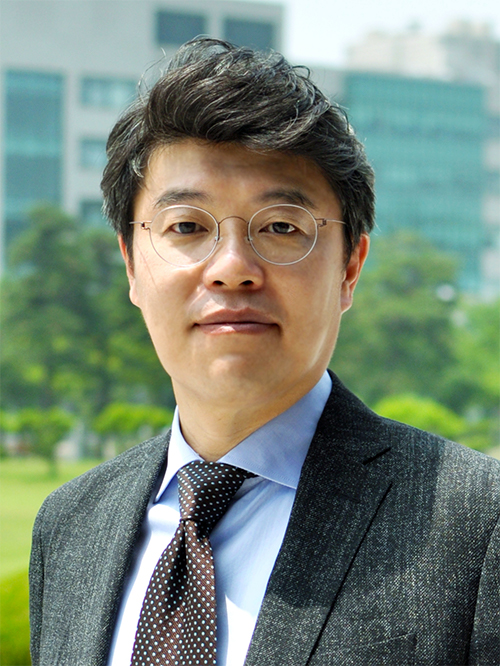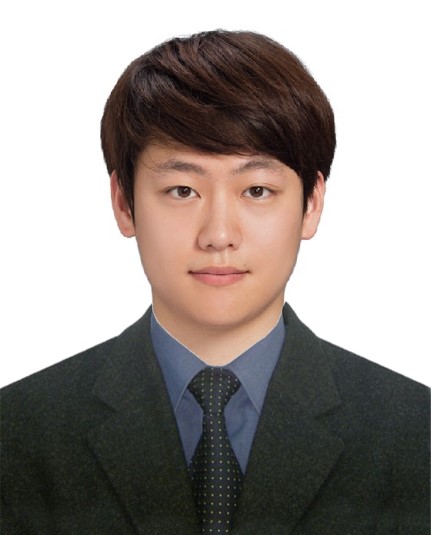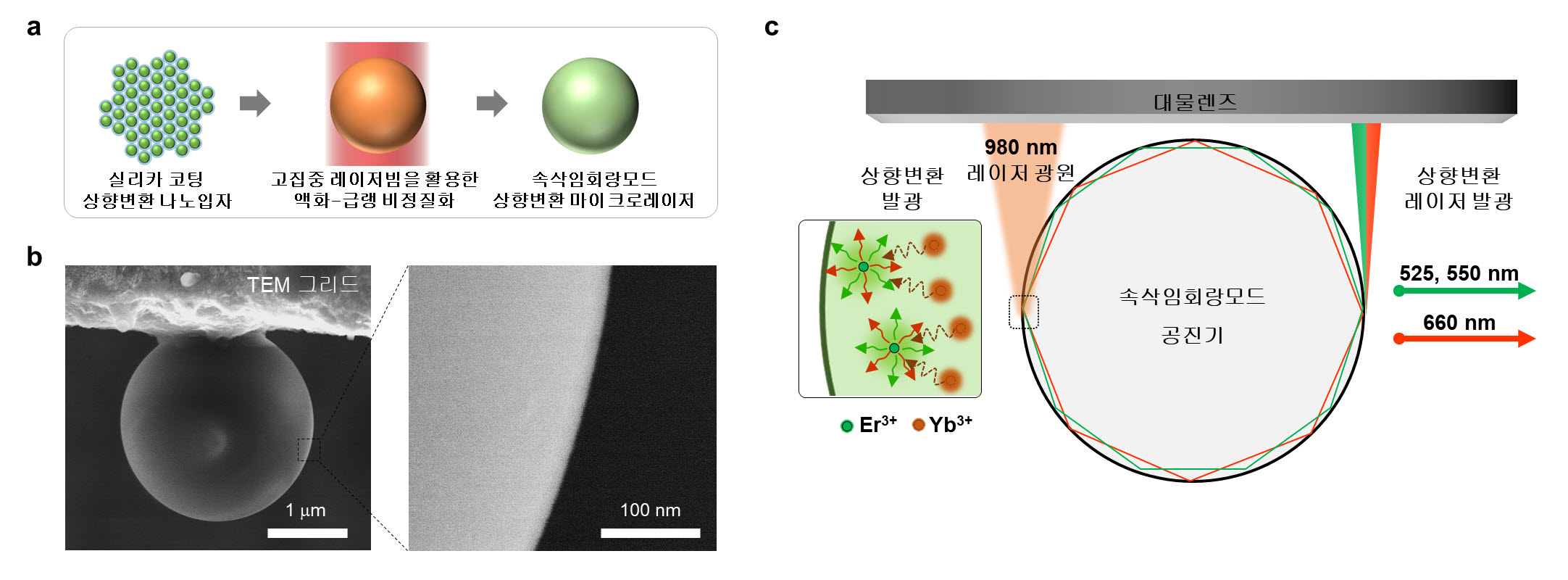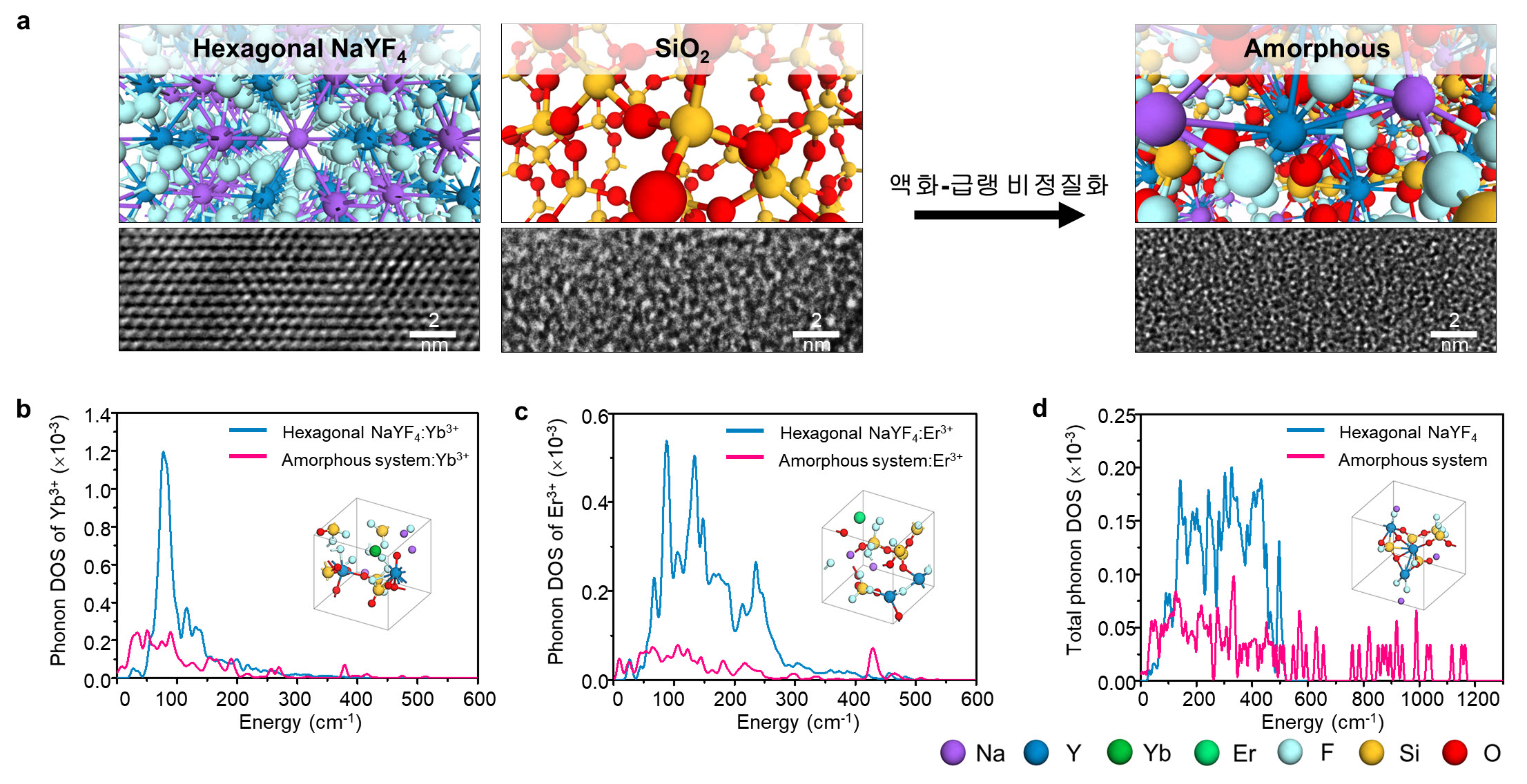Research Team Led by Prof. Dong-Hwan Kim
Developed an Even-smaller and Even-more-efficient Microlasers
Utilizing liquid-quenching amorphization technology that breaks down the atomic structure of crystal materials
High Industrial impact of the even-smaller and even-more-efficient microlasers that cross the threshold

[Image 1] Professor Dong-Hwan Kim

[Image 2] Dr. Byeong-Seok Moon
□ Sungkyunkwan University (President Dong-Ryeol Shin) announced that the research team (first author: Dr. Byeong-Seok Moon) led by Dong-Hwan Kim, a professor of chemical engineering succeeded in developing even-smaller and even-more-efficient microlasers by utilizing new upconversion materials with atomic disorder through a joint research with Young-Jin Kim, a professor at KAIST and Sang Kyu Kwak, a professor at UNIST.

□ The newly developed microlaser is a key element that serves a light source for Photonic Integrated Circuits and is drawing attention as a new future of optimal devices, as being used for Intel® Silicon Photonics.
□ Hence, many domestic and foreign researchers have tried to minimize microlasers and operate them with less energy. However, there has been difficulties in developing a laser that satisfies both criteria.

□ The joint researchers eventually crossed the threshold by developing technology to minimize energy loss within laser materials.

□ The upconversion microlaser developed through this study can raise the level of medical diagnostic technology through practical steps of “single molecular-level biomolecule detection” and “real-time monitoring of biomolecule concentration inside living cells”. It can also be used as a light source for optical integrated circuits, which is expected to be used as a key technology in the next generation high value-added field.
□ Prof. Dong-Hwan Kim said, “This study is the first case to overcome efficiency limitations as well as miniaturization of microlasers by actively utilizing the disorder structure of materials beyond the previously widely used upconversion material stereotypes. And it is expected to maximize utilization through automation and integration of manufacturing processes in the future.”















